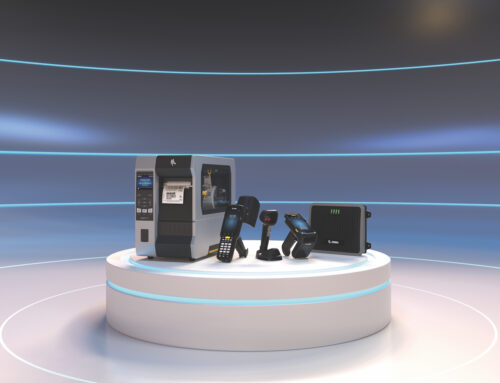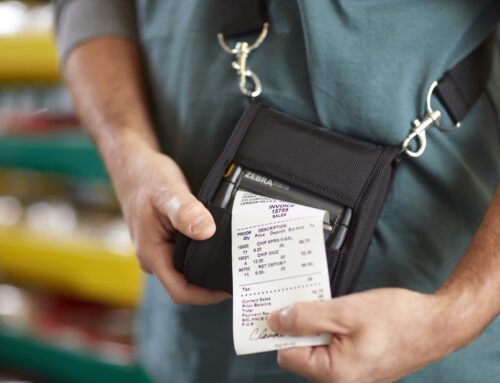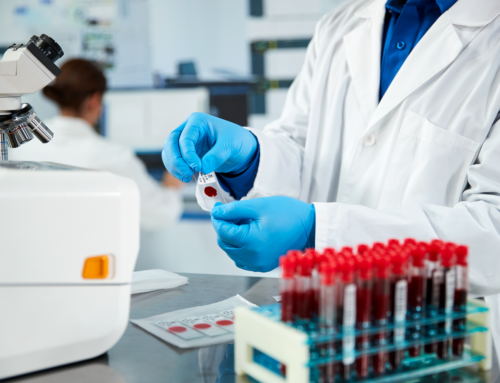Back in the day, hospitals relied on the classic tools of pen and paper to record patient data and communication, but with the important benefits that mobile technology can bring to patient care, it’s no wonder that handheld computers are now a key tool for a healthcare worker’s day.
Electronic healthcare records mean that healthcare workers now have better access to information. A recent survey discovered that 69% of healthcare workers use mobile technologies to view patient information, and 36% are said to use them to collect data at the bedside.
Electronically gathering and viewing patient information and data, clearly has its benefits to improve task accuracy and worker productivity, however the frequent contact of shared devices poses high risk of spreading infections. Another study discovered that in fact 94.5% of healthcare mobile devices contained bacterial growth, some of which are known to cause nosocomial infections.
With the dangerous impact and growth of COVID-19, now is a vital time to debunk the myths of how infections can spread via mobile technology. These facts will enable you to fully understand the relationship between infection and mobile devices, as well as ensure that a proper cleaning and disinfecting policy has been implemented into your healthcare environment.
- Risk of Infection
Myth: Mobile computers and cell phones cannot spread deadly viruses.
Mobile devices are everywhere within the hospital environment, from labs to intensive care units. You’ll actually be surprised at how many individuals have been in contact with the technology. This then leads to a buildup of bacteria over the day, with mobile devices alarmingly, having more bacteria on them than a public toilet.
Although hand sanitiser is advised to prevent the infection spread, if there isn’t a proper cleaning procedure put in place, then there is a risk of all healthcare devices carrying deadly infections, which is then passed on to individuals and patients.
- Cleaning and Disinfecting
Myth: Wiping a mobile device with a microfiber cloth will clean and disinfect the device.
Cleaning and disinfecting the device should be treated as two different processes. Cleaning the device is the process of removing dirt and grime from the surface of the device, and whilst wiping the device may by enough to remove some bacteria, a more thorough process is needed to remove the more dangerous and long-lasting bacteria.
Dangerous and long-lasting bacteria can be removed by disinfecting the device with accepted cleaning agents, that can be found in the user guide of your product. Should you have difficulty finding this, don’t hesitate to contact us.
- Frequency
Myth: The schedule of the cleaning and disinfecting of the device, should be the same throughout the whole hospital.
The cleaning and disinfecting processes depend on the type of device, and the location in which it was used in. For example, if the device is in a place where it has more contact with healthcare workers and patients, it should undergo more frequent cleaning and disinfecting. Different hospital departments may also have stricter guidelines in place than others, due to the use of the device, especially in the hospital labs, patient isolation rooms and ICU’s.
- Durability
Myth: All mobile devices can withstand repeated disinfectant procedures.
Mobile devices are known to have long lasting durability, particularly healthcare models. However, not all devices can withstand the constant contact with chemicals, with their plastic breaking, and cracking as a result of it.
For mobile devices to survive in the hospital environment, they should have adequate ingress protecting (IP) sealing in order to prevent harsh chemicals damaging the device. This way you can also ensure that the device is still being properly cleaned and disinfected without steps being missed in order for the device to last longer.
This article should also reiterate the fact that healthcare workers need to ensure that they are using purpose-built devices that are made for healthcare use, as the cleaning and disinfecting of devices should be something that is being enforced throughout the hospital and healthcare system. If the device is clinically built, it’s more likely to stand rigorous cleaning protocols. Zebra Technologies specialise in healthcare models such as the TC51-HC and TC52-HC Touch Computers.
You can read more about our article about Zebra’s reliable healthcare devices, and the benefits of them here.







Leave A Comment
You must be logged in to post a comment.